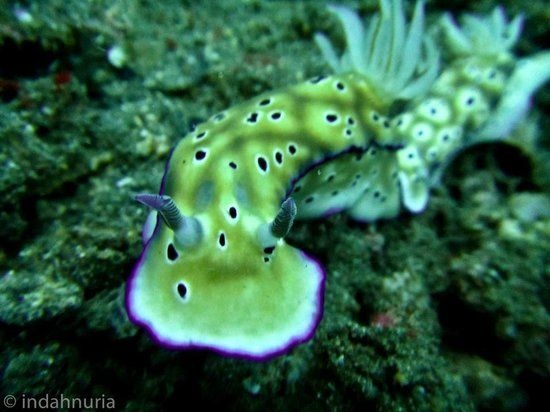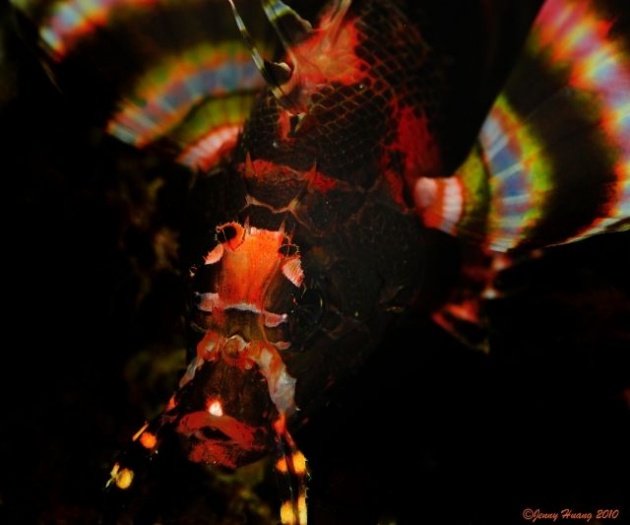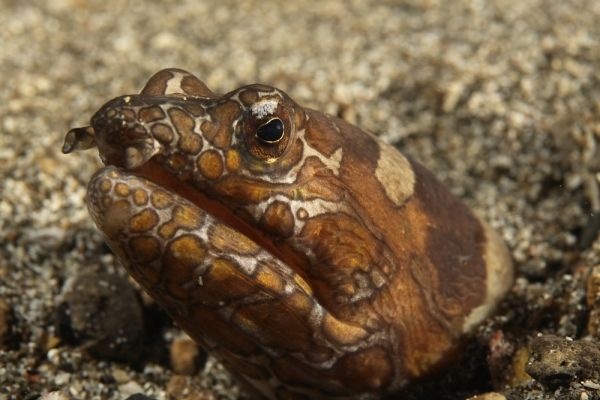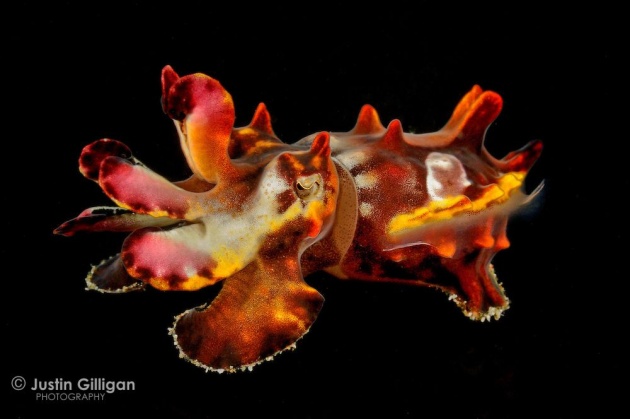Diving in the Lembeh Strait
Bizarre Wonderland
Mention Lembeh scuba diving to any serious underwater photographer and their eyes come over all misty and distant. No place on the planet gives you the chance to see more shy critters such as the mimic octopus, flamboyant cuttlefish, harlequin shrimps, skeleton shrimps and innumerable nudibranchs.
The fish also include the usual tropical reef suspects but also the more bizarre: Ambon scorpionfish, snake eels, stonefish, sea robins, stargazers, devil fish and even the weedy scorpionfish. There are also beautiful seahorses including pygmies, pegasus,mandarinfish, ghost pipefish and the endemic Banggai cardinalfish. Lembeh Strait dive resorts have a higher than average rate of return customers as enthused first-timers return year upon year, never tiring of the wonders of this undersea paradise.
There are many diving places which claim to be the best and very few get close but it is difficult to imagine a better place in the world for critter hunting, or muck diving, than Lembeh. No more than a few breaths go by between one bizarre and exhilarating sight and the next. If you've tired of night dives, then try one in Lembeh - they are simply fantastic. We don't know of a better place for after dark encounters with extraordinary marine life.
Including the wrecks and more traditional reefs, there are over 30 sites to choose from, all within 6 or 7 kilometres of the dive resorts, or just a few minutes boat ride across these calm, lake-like waters. It's easy to understand why scuba diving in the Lembeh Strait has a reputation that's hard to beat among discerning divers that want easy and convenient access to exceptional diving opportunities with bizarre marine life that you simply can not see in other destinations.
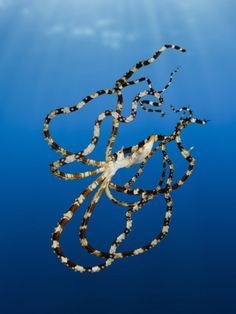
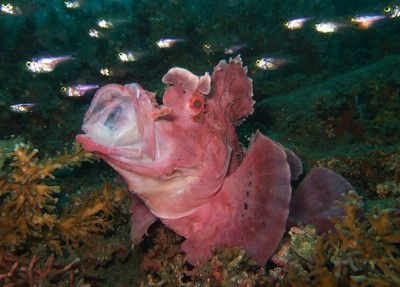
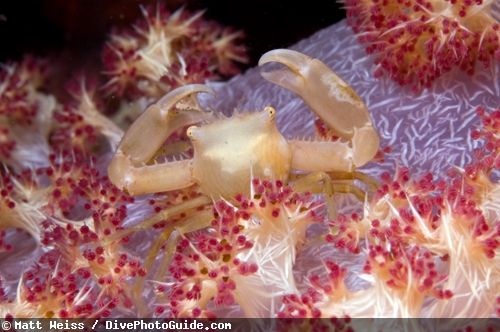
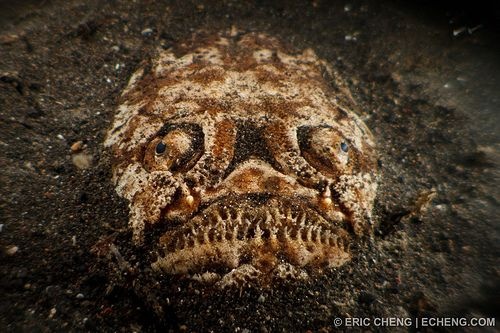
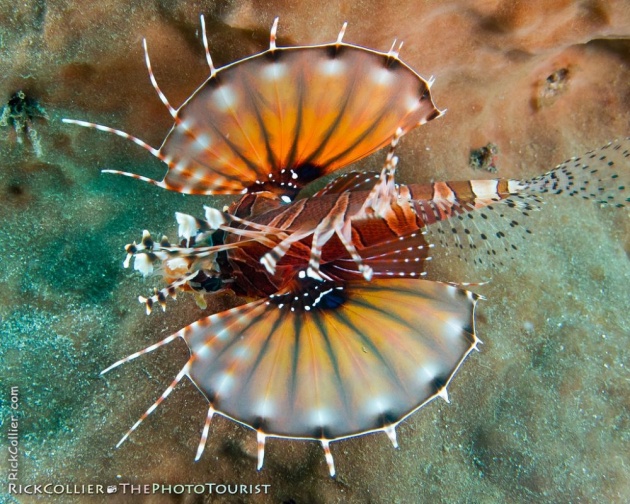
Dive Site Descriptions
Aer Perang - The formation of this dive site was influenced by a World War II warship that blasted through the rocks in order to reach fresh water. The name literally means 'War Water'. Show more
Angel's Window - If, during your stay, you are growing tired of black sand, among some of the most amazing and bizarre, rare creatures on the planet, Angel's window gives you the chance to do a bit of reef diving. More than just a change of scene, however, this site is in fact a beautifully decorated pinnacle whose tip lies just below the surface, off Lembeh Island. Show more
Hairball - As you listen to the dive briefing and look at the site map you may feel a sense of déjà vu. The muck diving sites all sound the same - gentle slope, black sand, patches of activity, a few sunken logs. Hairball however, often emerges as a king among kings in the Lembeh Strait. Show more
Jahir - Jahir is one of the newest dive sites discovered in the strait and was named after the guide who first found it. Jahir is a site that in many ways typifies Lembeh, with black volcanic sand that you will slowly cruise over with your nose close to the sea-bed. Show more
Makawide - This spot is situated between 2 large boulders rising out of the ocean which offer amazing scuba diving opportunities over coral patches as the gradual slopes descend beneath the waves of the Lembeh Strait. Despite being right in the middle of the channel, currents are generally calm. Show more
Mawali Wreck - This Japanese World War II steel cargo ship wreck lies completely on its side on the strait's seabed in water ranging from 15 to 30 metres. As the sight of the wreck begins to take shape beneath your fins you will marvel at just how beautifully encrusted it is with crinoids, black coral trees and soft corals. Show more
Nudi Falls - Your diving boat will tie itself to both a low impact anchor as well as some over hanging trees at this site near the water's edge. The sheltered nature of the bay and the proximity to the land makes it feel like a lake dive. You will notice, as you roll over the edge, that the water is normally a degree or two cooler than at Bunaken. Show more
Nudi Retreat - This is yet another great site featuring a gentle reef slope that starts from a sheltered cove on the Sulawesi coast and descends gradually to a depth of 28 metres. Offering more coral than many of the dive locations you will find on the Lembeh Island side of the strait, healthy soft coral and anemones abound, playing host to probably the world's most popular fish, the anemone fish. Show more
Pantai Parigi - Believe it or not, Pantai Parigi is actually the only white sand muck dive site that you will find in the Lembeh Strait, an area dominated by black sand. This bay, on Lembeh Island itself, has exceptionally healthy and dense coral cover in the shallows, then a gentle white sand slope. This site is named after the fresh water well in the village and the nearby beach: "Pantai" means 'beach' and "Parigi" means 'well'. Show more
Police Pier - If you scuba dive here it is likely to be at night. Nighttime and muck share the promise of discovery, so to do a night dive in a place like the Lembeh Strait should be something special, and it is. Police Pier may be an odd name but there is every chance of a 'Sting' coming your way as scorpionfish and lionfish lurk all around. The bottom composition is a dull grey mass, at first glance lifeless but on closer inspection, teeming with activity. Show more
Teluk Kambahu (TK 1) - A manageable name for a site which translates as the name of the local Lembeh village bay. Another entry off the boat into shallow water will see you descend over a dark sandy bottom, sloping gently down to 25 metres. To dive here is to snoop through the rubble and in and around sunken bit of wood and nets. Your possible discoveries could run into ridiculous numbers. Show more
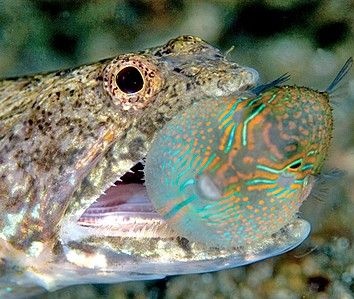
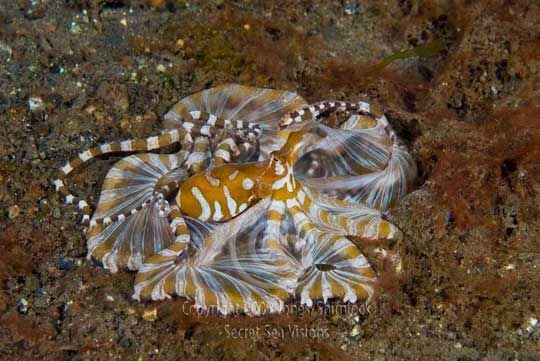
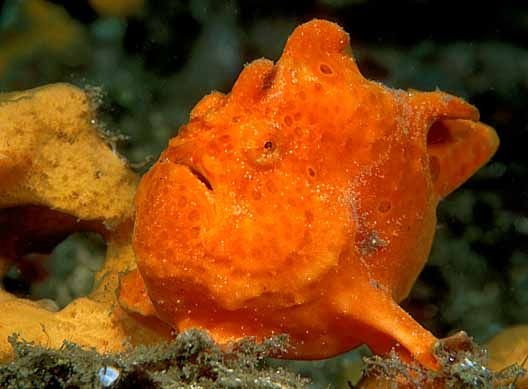
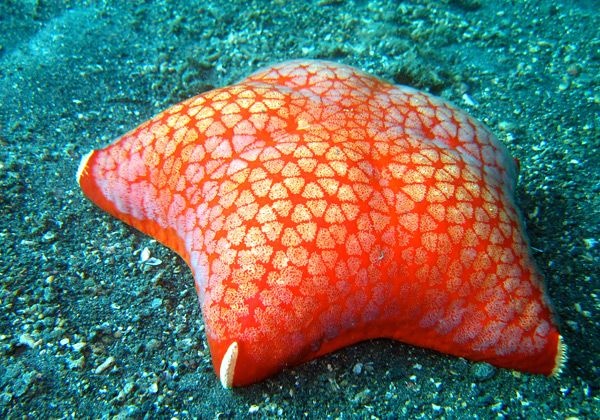
How to Dive Lembeh
If it is only Lembeh you are interested in then we suggest you stay on the island itself where the sites are only a short ride away and the dive resorts are excellent.
If you want to see more than the Lembeh Strait alone then you should consider combining your resort package with a few days in Manado/Bunaken. This way you get to see the full picture of what this splendid area has to offer.
A dive permit has been introduced to combat the problem of floating rubbish in the strait from the nearby villages and port town of Bitung. The small fee is a once-off fee per annum and payable on arrival.
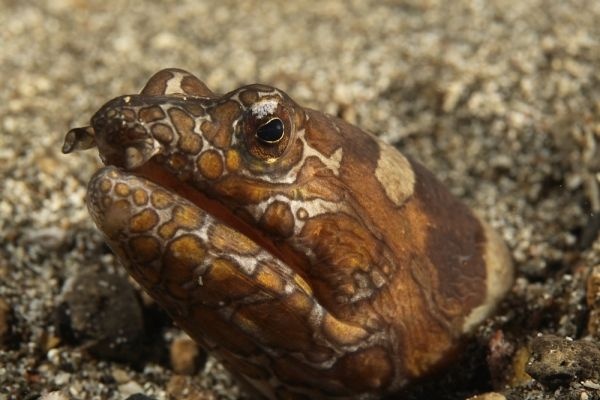
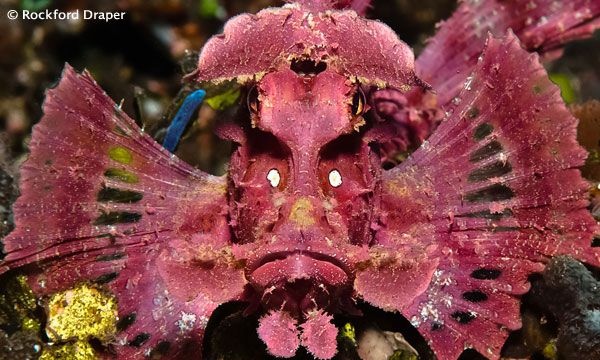
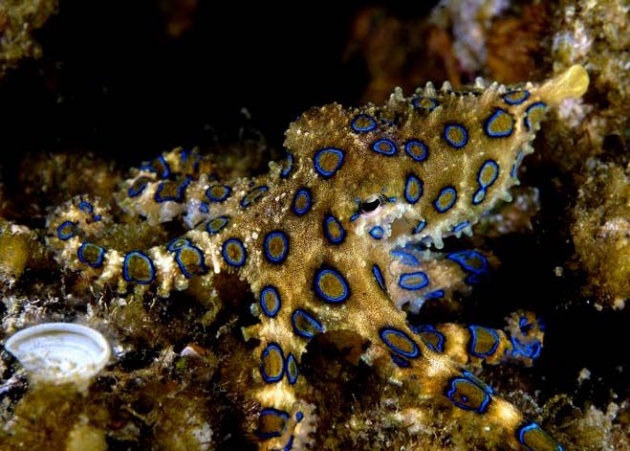
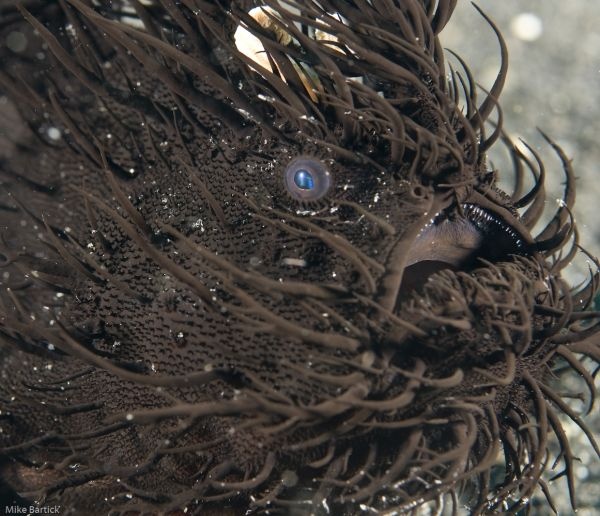
Diving Season
You can go scuba diving in Lembeh all year but the conditions do vary. Water temperatures hit a peak of 28-29°C between October and March. Then they fall to their lowest at 25-26°C in July and August, which coincides with the greatest number of critters. Sightings have more to do with reproductive cycles than the seasonal movement of creatures. The small stuff of the strait doesn't travel far.
October to December has the best visibility. January and February has the lowest visibility, when the water temperature is at its warmest.
During the worst rainy season months of January and February some of the exposed dive sites at the far northern end of the strait may occasionally be out of bounds due to rough seas. Also from the month of June, when the south-east monsoon winds begin, to September, the surface of the strait can become a little choppy.
